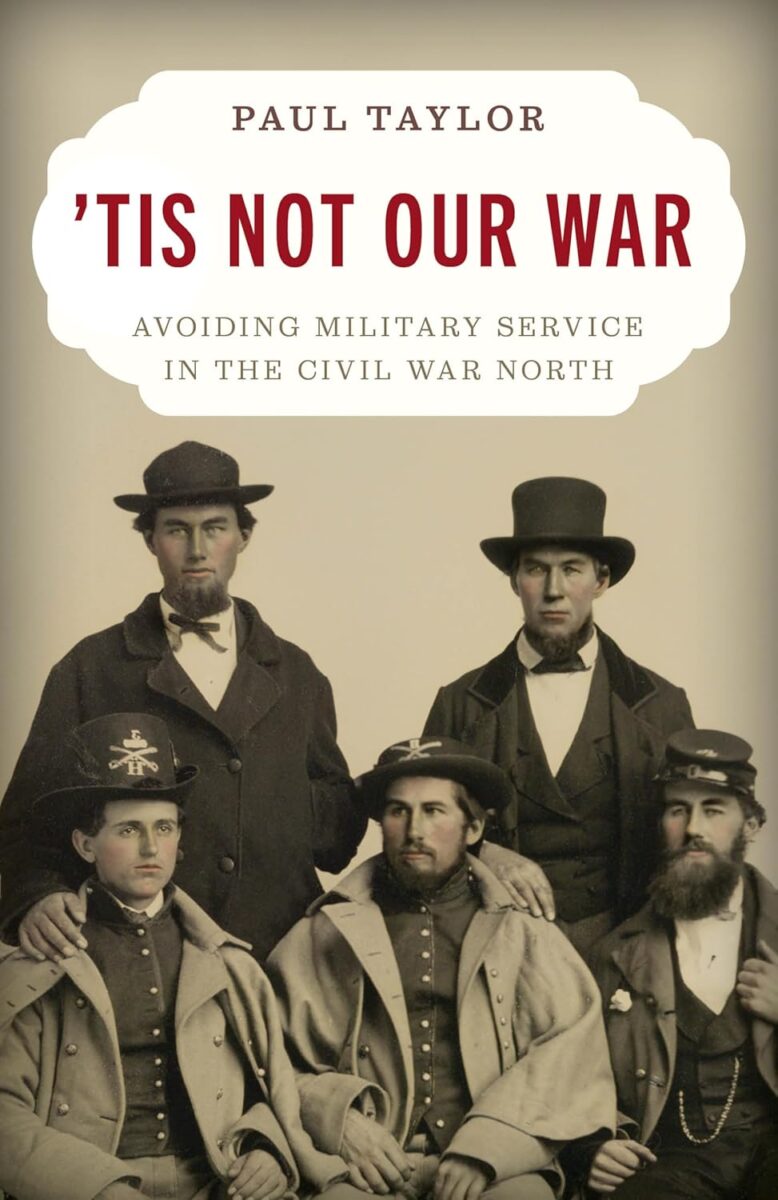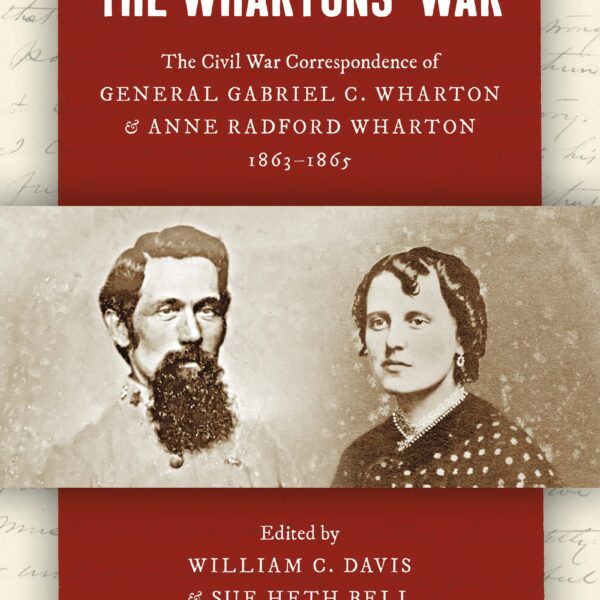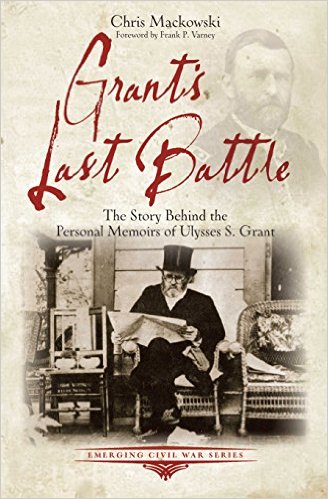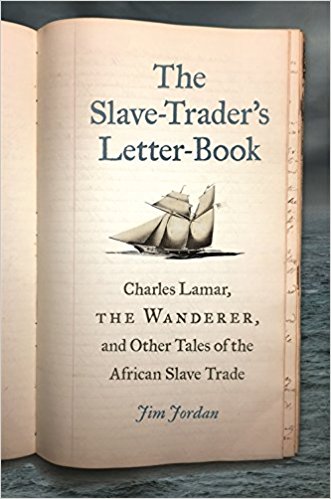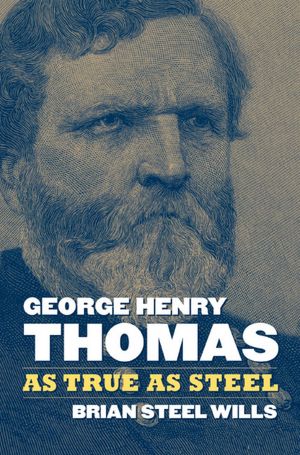Somewhere between 33 and 40% of northern men of military age enlisted in the Union armies during the U.S. Civil War. That was a massive mobilization, but—author Paul Taylor argues—the numbers invite another question: “what … of the North’s remaining 60 to 67 percent who made a carefully considered, conscious decision not to enlist?” (xi-xii). This book supplies a detailed narrative of how the federal government sought to fill its ranks, and how northerners responded. Taylor has read widely in the secondary literature and some key federal sources, but the core of this story rests on diaries and letters left by white northern men and women.
The story begins with enthused patriots rushing into uniform in April 1861. Most expected a short war and recruits jostled for available slots, intent on grabbing a share of the glory and promised vengeance. By that summer the United States recognized that this might be a drawn-out conflict, and a federal bureaucracy gradually emerged to recruit and supply the men necessary to fight it.
After the war’s first year, the United States turned to a state militia draft; that fall, Abraham Lincoln issued the Preliminary Emancipation Proclamation. The constitutional complexities posed by conscription and emancipation helped the Democratic Party achieve electoral successes in the war’s first off-year elections. By 1863, the Union turned to federal conscription under the direction of the Provost Marshal General. Meanwhile, heavy death tolls—in battle and from disease—made it difficult to fill the ranks. Drafted men initially had the option of paying a $300 commutation fee; later, Congress provided for the hiring of substitutes. Northern communities faced with new draft quotas raised generous bounties to lure recruits. (Taylor, missing the point a bit, refers to these as “bribes.”)
As the recruiting apparatus matured, strategies for avoiding service expanded. Draftees claimed numerous medical exemptions; some men simply lied about their ages. Provost Marshal General James Fry reported that considerable numbers “failed to report” when drafted. Some men served in uniform but then deserted. This recruitment and avoidance narrative is complex, but also quite familiar.
General facts aside, there are more than a few things with which one might quibble. Taylor generally misses the point that the Federal Enrollment Act was not really designed to enlist draftees (or even substitutes). The United States announced each draft day months in advance, with enlistment quotas assigned to congressional districts. Thus, northern communities held enthusiastic bounty fund drives to meet those quotas, reducing the need for drafts. And that system worked pretty well, drawing in patriotic northerners to help raise bounties. Taylor is sometimes too casual about the makeup of the Union’s massive armies. He grounds his analysis in the core point that a significant percentage of military age men chose not to enlist. That is true, but he omits any discussion of the importance of age and marital status in shaping the results. In fact, younger men enlisted in huge numbers, especially when they had not yet married. Moreover, Taylor is probably too willing to accept the critique that this was a “rich man’s war” but a “poor man’s fight.” Studies of the uniformed men suggest that the northern armies were quite representative of the larger male populations, if one focuses on occupational tiers. Sure, some wealthy men paid their way out of service. And poorer young men found it easier to skip town to avoid service. Taylor sometimes omits the importance of geography in shaping this history. The portrait that emerges seems to ignore the presence of enslaved people in some states and vast political and ethnic differences across the North.
Although the North’s wartime mobilization was enormously successful, ‘Tis Not Our War seems disappointed in those white northerners who chose to avoid service. That position ignores the fact that a considerable percentage of northerners opposed the war. Moreover, Taylor seems oddly indifferent to the simple truth that the life of the Civil War soldier was pretty horrific. Casual readers presumably think about the war’s heroic deaths. We think less of wounded men languishing for days on battlefields and then months in hospitals. Many forget that two-thirds of the war dead succumbed to infectious diseases. Taylor periodically speaks of cowardice. It might be better to think about history without such judgments. If 40% of military aged white men served in uniform, I’d say that we should be marveling about the forces that led them to serve.
J. Matthew Gallman is Professor Emeritus of History at the University of Florida and the author of many books on the Civil War era.
